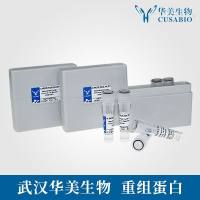Preparation of Adhesive Targets for Flow-Based Cytoadhesion Assays
互联网
528
In the previous chapter (see Chapter 53 ), we described our method for visualizing and quantifying adhesion of malaria-infected red blood cells to endothelial cells or purified receptors using flat, rectangular glass microcapillary tubes (microslides) as flow chambers. In this chapter, we describe methods for producing the receptor- and cell-coated microslides for use in the flow-based adhesion assays. For cell-coated microslides, we have concentrated specifically on human umbilical vein endothelial cells (HUVEC) since these are commonly used for static adhesion assays. For purified receptor, we describe preparation of CD36-coated microslides since this is a receptor to which most parasitized cells (both laboratory-adapted lines and clinical isolates) adhere. However, our methods are not restricted to HUVEC and CD36 and can be modified to suit most other cells or receptors to which parasitized cells adhere. For example, we also describe the use of platelets and C32 amelanotic melanoma cells that provide additional targets for cytoadhesion assays.








